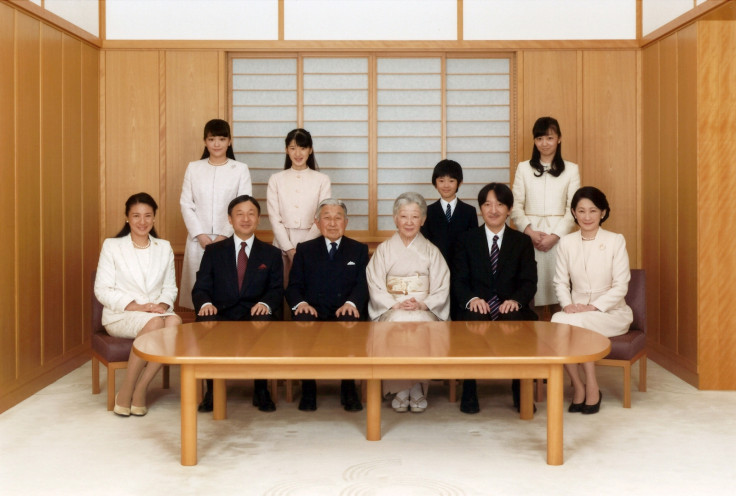Japan refuses to allow female rulers despite succession crisis
The shrinking Imperial family with just 18 members has only three eligible male heirs, one of them only 14 and the other an 85-year-old.
The Japanese government has remained firm about not allowing women from the royal family to rule in their own right despite the grave succession crisis in the country.
The Japanese Imperial Family, considered to be the world's oldest monarchy, has an unbroken line of male succession that can be traced back two millennia. Japan had eight female monarchs between the sixth and 18th centuries, but none came through a female line of descent. Mythology, recognised by the Imperial House, has the legendary Emperor Jimmu, said to be a descendant of a sun goddess and a storm god, as the first of 126 Japanese emperors leading up to the current Emperor Naruhito.
However, the shrinking Imperial family which has just 18 members now, is facing a looming succession crisis with only three eligible male heirs left in the line to the throne, namely Crown Prince Akishino, 55, Prince Hisahito, 14 and Prince Hitachi, 85. The decrease is also aided by the rule that strips imperial princesses of their titles if they choose to marry commoners, as in the recent case of Princess Mako. In such cases, sons of the princesses are also not allowed to join the line of succession.
A government advisory panel, made up of 21 members from various fields, has been appointed to find a resolution to the succession crisis, but they are refusing to accept the easiest solution which is to allow imperial princesses to reign, reports The Times.
Opinion polls suggest that more than 80 percent of the public, as well as a number of government officials, are in support of women on the throne. Reformists also argue that the Imperial Household must adapt to survive. In spite of the popular support, the more conservative members of the government have made it clear that they do not want to change the status quo, as they believe any change threatens the legitimacy and stability of the family.
The option to consider a woman ruler was first raised three years ago following the decision to allow the historic abdication of then Emperor Akihito, 87. The government had promised to examine the reform in order to secure opposition party support for the abdication, but then delayed the process. Discussions were resumed in April this year.

© Copyright IBTimes 2025. All rights reserved.





















